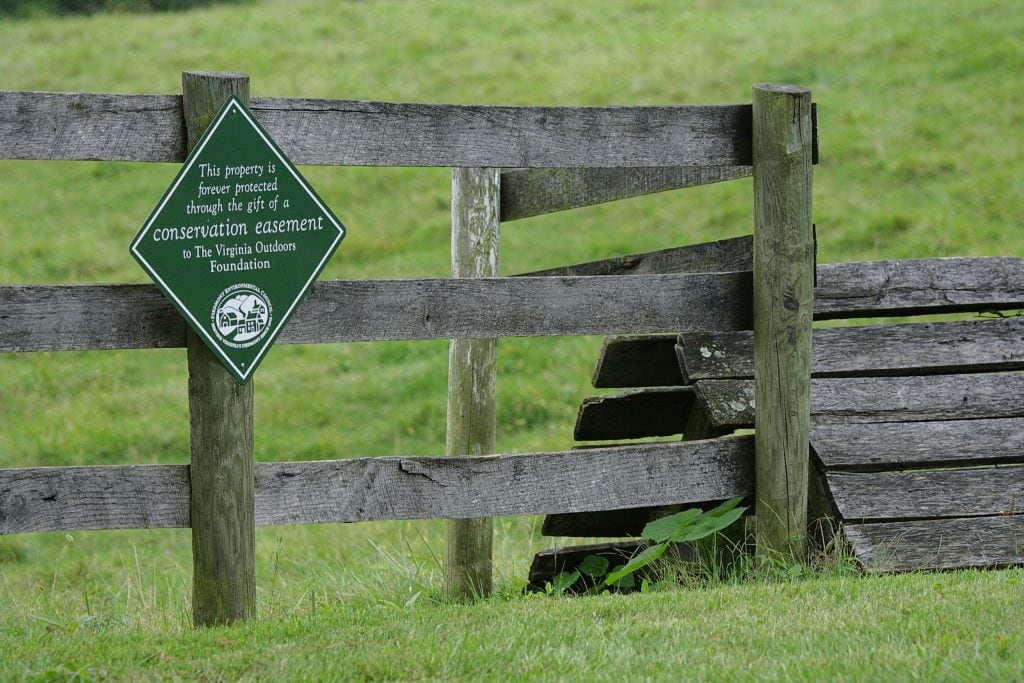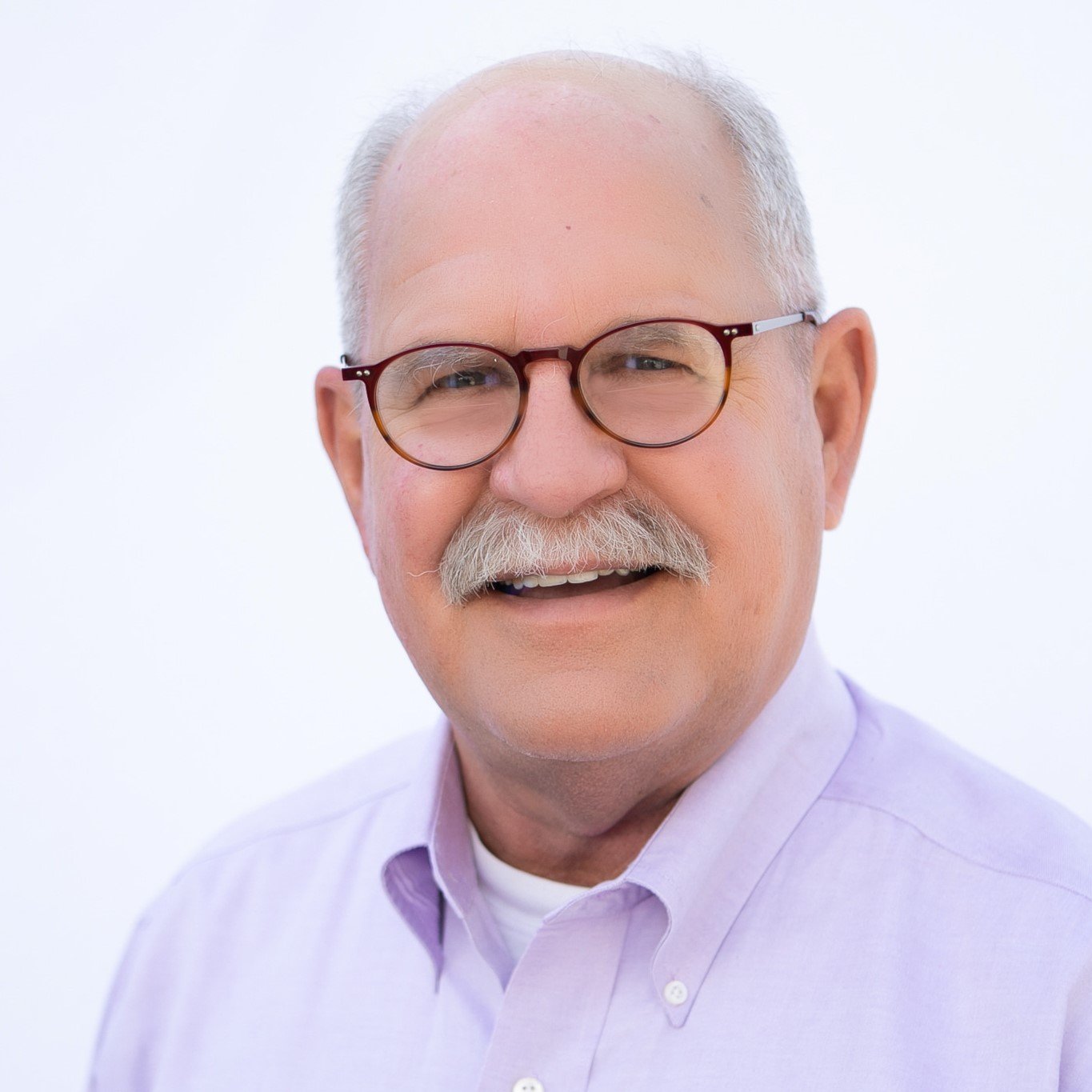At WLS, people are at the center of everything we do. We understand farmers, ranchers, and property owners are critical stakeholder in successful mitigation projects; and we have seen firsthand the improved property value and ecological functions following restoration. Due to the complex and often confusing nature of mitigation projects most landowners have several great questions and some misperceptions. Below are the common myths and truths behind them.
Myth- Government agents have unlimited access to my property
Truth: Mitigation banking is regulated by federal and state agencies. In the early stages of a project, a landowner can expect one to four site visits with agency staff to assess the viability, construction, and success of the restoration project. After the monitoring period the easement is transferred to a non-profit long-term steward (land trust) who will visit your farm once annually to ensure no encroachment in the easement. All site visits and designated access points by WLS, contractors, agency staff, and stewards must be coordinated and approved by the landowner. The goal of WLS is to work with landowners to make the project minimally intrusive and respect your privacy, land, and/or farming operations.
Myth – A conservation easement on my property results in unusable “dead” space
Truth: Conservation easements are anything but wasted space! While the easement may be “a limited use area” it can be used for passive recreation such as hunting and fishing. Conservation easements create outstanding edge habitat for game hunting, protect water quality for fishing and swimming, create forested boundaries to define property lines and separate pastures, and provide shade for livestock. Typically, easements along stream corridors are linear and occupy a small percentage of your overall parcel.
Myth – Financial compensation for a conservation easement is minimal
Truth: At WLS, our business model is built on compensating landowners fairly and treating them with respect. We compensate landowners for the conservation easement based on the value of the land as a mitigation site (not raw land). We also provide in-kind farm improvements such as fencing, stream crossings, wells, waterers, and farm roads. We can structure payments and/or revenue shares to suit the needs of each owner… lump sum vs installments vs in-kind improvements.
Myth – Landowners do not have any control where WLS places the conservation easement
Truth: The easement arrangement must work for the landowner and property operations. WLS and the landowners collaborate from the initial site viability through final easement closure to ensure the easement meets both landowner and project needs. Prior to conservation easement closure, WLS will stake the easement corners and walk the proposed line with landowners to verify all corner locations, fencing plan (if applicable), and crossing locations and widths. That walkthrough is the final opportunity to “dial-in” the easement boundary. You can rest assured WLS works together with landowners and addresses concerns through the entire easement design and closing process.











































